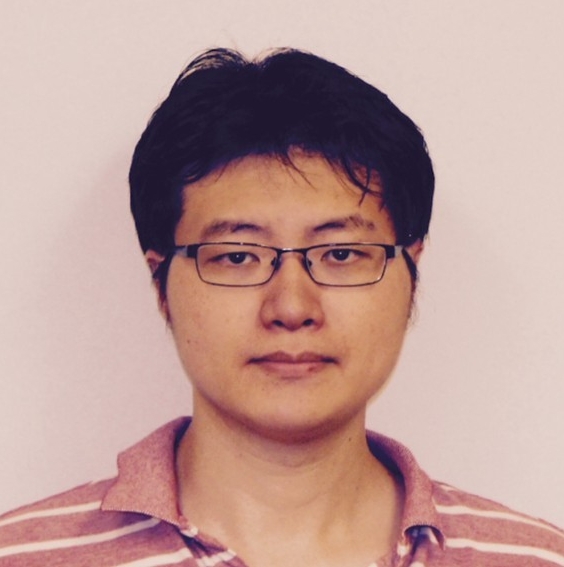Science and Mathematics
Soft Matter and Biophysics Seminar | Breaking the Diffraction Barrier and beyond: the applications of super-resolution microscopy in academia and industry
May 2, 2022 at 11:30am – 12:30pm EDT
Virtual (See event details)
This event has already occurred. The information may no longer be valid.

Join us for the Soft Matter and Biophysics virtual Seminar on Monday, May 2 at 11:30 a.m. EST.
Speaker: Seongjin Park, Ph.D., Senior Engineer in Advanced Platforms and Devices at Illumina, Inc.
Biography of the speaker:
Dr. Seongjin Park has received a B.S. in physics and mathematics from Seoul National University in Korea, and Ph.D. in physics from the University of Illinois at Urbana Champaign at Dr. Taekjip Ha’s lab. He continued his research in super-resolution microscopy at Dr. Jingyi Fei’s starting lab in the University of Chicago as a Postdoc. Then he moved to Illumina, Inc., the global leader of DNA sequencing machines, as a Senior Engineer, and has developed tester instruments four times faster than conventional testers. In his talk, he will share his research journey spanning over various systems and industrial applications.
Abstract:
Until the past decade, the diffraction barrier limited the resolution to be ~200 nm in light microscopy. Super-resolution microscopy technique has emerged breaking the barrier, allowing access to nanometer scale information. With a statistical analysis, super-resolved images can provide countable observables such as RNA copy numbers in a single cell. Moreover, with the advancement of fast cameras, the technique can be applied to highly dynamic systems such as diffusing molecules in live cells, providing ~400 Hz of tracking in nanometer scale. Mean squared displacement (MSD) calculation of tracking data provides diffusion coefficients and extraction of different populations of the molecule of interest, leading to new discoveries in previously inaccessible systems. One example is Hfq, an RNA-binding protein in bacterial cells. How the limited number of Hfq proteins per cell can be efficiently recycled to provide post-transcriptional gene regulation was investigated by observing its interactions with RNAs and the ribosome. The technique has many potential applications in various systems not only in academia but beyond, such as in the DNA sequencing industry.
If you are interested in attending, please contact phyadmin@syr.edu to request the Zoom link.
This event was published on May 24, 2022.
Event Details
- Category
- Science and Mathematics
- Type
- Talks
- Region
- Virtual
- Open to
- Alumni,
- Faculty,
- Graduate & Professional Students
- Organizer
- CAS-Department of Physics
- Contact
- Cassandra Ellis
phyadmin@syr.edu
(315) 443-3901
- Accessibility
- Contact Cassandra Ellis to request accommodations
